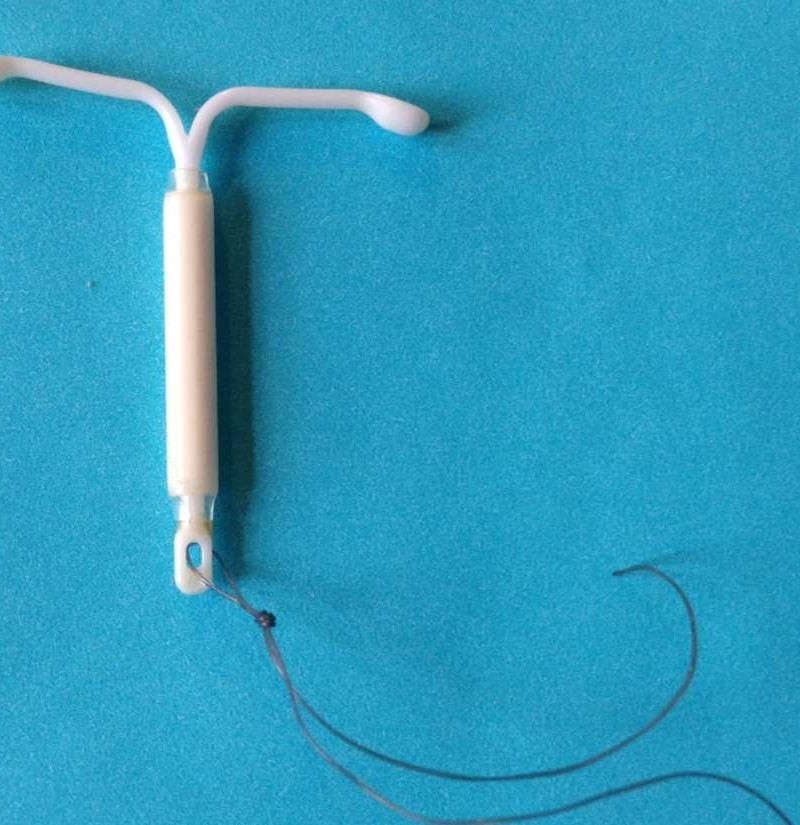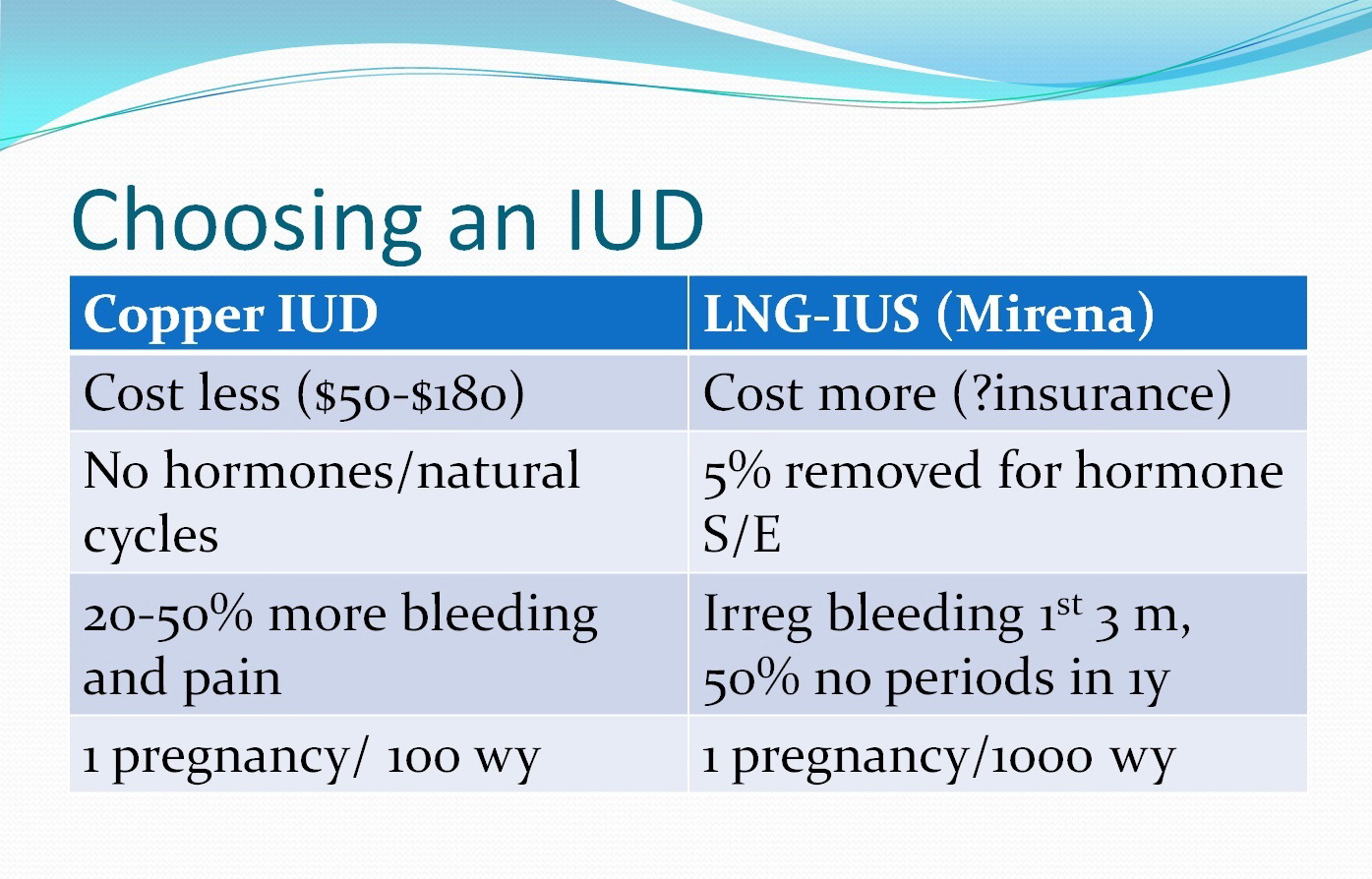

But the devices have different amounts of hormones - or none at all - and will change your periods in different ways. Insertion is the same with all of them: not comfortable, exactly, but usually manageable. In the rare event that some mighty swimmers do get past the cervix, the IUD’s active ingredient (either copper or synthetic progesterone) makes it more difficult for them to travel through the uterus and tubes toward an egg.

The five kinds all work roughly the same way: They thicken cervical mucus so sperm can’t enter the uterus to fertilize an egg. Lots of women love their IUD because it’s a set-it-and-forget-it method that’s more than 99 percent effective at preventing pregnancy, which lasts for years but that you can have a doctor remove at any time. Last month, a new type of intrauterine device, or IUD, called Kyleena joined the other four on the market.


 0 kommentar(er)
0 kommentar(er)
